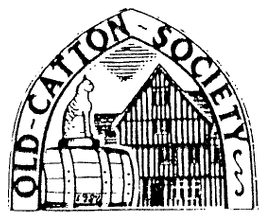Our members’ were treated to a lively, interesting and informative presentation at our April meeting by agricultural botanist Dr Sally Francis. Sally runs a successful small business, cultivating and harvesting, saffron in Burnham Norton. Sally’s enthusiasm for her enterprise started when she was given 20 saffron corms as a birthday present in 1997. These corms were first grown in the garden and later transferred to a field which she now lovingly tends.
Saffron is a perennial plant; flowers emerge first and leaves later. The threads or stigmas from the saffron crocus are harvested from the flowers by hand. It takes 150-200flowersand a skilled hand-labour to produce one gram of dried saffron. Hence the cost!! The harvest happens once a year between late September to October. Flowers are gathered before they are fully opened the threads are removed and dried to become the spice, saffron. Sally is helped by family members during this pains taking process.
Sally gave us a potted history of the saffron plant. It is not native to Britain and thought that it was brought to our shores by the Romans via Cilicia in Turkey. Saffron was used in Tudor times; there is evidence that it was grown during the reign of Edward 111. There are clues saffron was present in East Anglia through names Saffron Field (Burnham Deepdale) Saffron Sands (Burnham Market) and of course Saffron Waldon. It is thought that land and climate in North Norfolk provided good growing conditions.
Saffron is used in three main areas-
Cookery – food is imbued with saffron’s warm glow and its special flavour.
Medica l- over the years moderate use of saffron has been recommended for the brain, making senses quicker and more lively; it strengthened the heart and benefited digestion.
Dye and pigment - Henry V111 used saffron to dye garments for the nobility, colours were brilliant and intense. On silk saffron is especially brilliant giving a very golden yellow.
Margaret White
